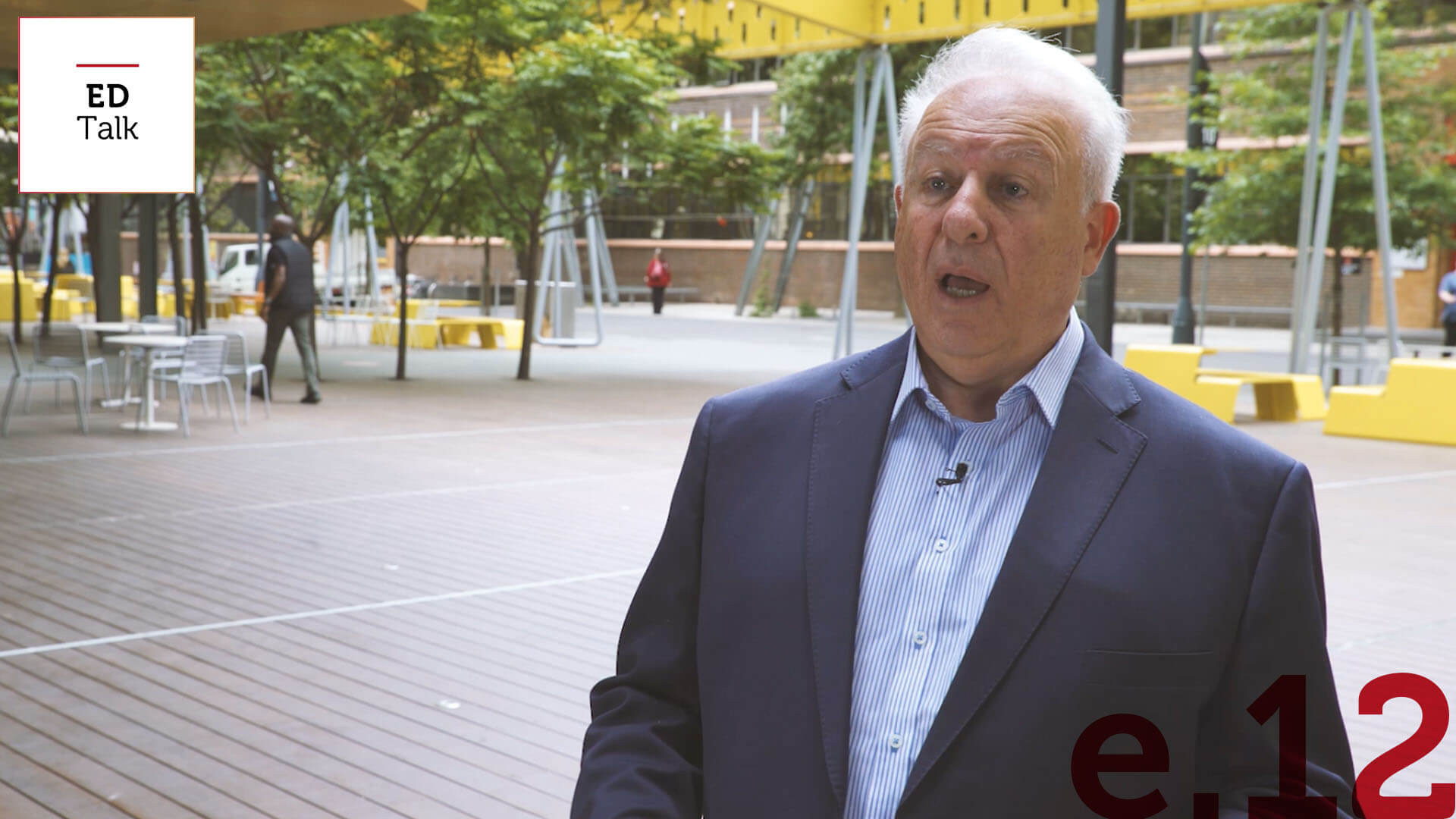
Tiger:

(Kinash and Knight 2013, p.19)
We cannot assume that when we have taught something to students they have learned it, and yet, this is the outcome we expect. Often, curriculum design begins at the content (subject matter) of a program or course with learning outcomes as an afterthought. In addition, assessments and learning activities are focussed on the content rather than the learning outcomes.
Constructive alignment is a process that begins at the learning outcomes, aligning these to the assessments, learning activities and finally the content/subject matter. Biggs (1999) explained constructive alignment as ‘aligning curriculum objectives, teaching/learning activities (TLAs), and assessment tasks’ (p.65).
In higher education, learning outcomes are allocated at two levels: the whole program level and the individual course level. Also, all programs at RMIT need to demonstrate generic graduate attributes identified by the university (RMIT University n.d.). Therefore, program learning outcomes (PLOs) and subsequently, course learning outcomes (CLOs) must include skills relevant to the graduate attributes. Figure 1 depicts the relationship between PLOs and graduate attributes and shows the order in which constructive alignment occurs at both the program and course levels.

Figure 1: Program and Course Alignment (Adapted from Rundle & Gurney 2017)
Program Level Constructive Alignment
Step 1. Overall, in one or two sentences, what is the primary aim for this program? The Office for Learning and Teaching (n.d.) explain the first step in this process as the time to brainstorm themes and to describe what a graduate of the program looks like.
Step 2. Determine how to achieve the aim of the program i.e. what are the program learning outcomes (PLOs) that you expect students to have on completion of your program? In writing PLOs use the verbs suggested by Bloom’s and SOLO taxonomies (refer Figure 2). Biggs developed the SOLO taxonomy in order to ‘depict the cumulative nature of learning, and the nature of some major transitions’ (1999 p.66). The verbs used in both Bloom’s and SOLO taxonomies focus on tangible and measurable actions.

Figure 2: Bloom’s and SOLO Taxonomies
Step 3. Align the PLOs to RMIT’s Graduate Attributes:
● Work ready
● Global in outlook and competence
● Environmentally aware and responsible
● Culturally and socially aware
● Active and lifelong learner; Innovative
(RMIT University n.d.).
Course Level Constructive Alignment
Step 1. Overall, in one or two sentences, what is the primary aim for this course? What will a student exiting the course look like?
Step 2. Determine how to achieve the aim of the course i.e. what are the course learning outcomes (CLOs) that you expect students to have on completion of your course? In writing CLOs be mindful that they are measurable, so use verbs suggested by Bloom’s and SOLO taxonomies (refer Figure 2).
Step 3. Align the CLOs to the PLOs to ensure courses correlate to the bigger picture i.e. the program. In turn, this means that the course will also address one or more Graduate Attributes.
Step 4. How will the learning outcomes be assessed? Brainstorm ideas for creating assessments that align to the CLOs. Are the assessment tasks authentic?
Step 5. What is needed to successfully complete the assessments and achieve the CLOs? Brainstorm ideas on learning activities that will engage and guide students. Map these to the assessments and to required content/subject matter as resources that will support this learning. Avoid adding ‘extra’ content that does not align to CLOs and assessments, even if you believe it is useful. If it is not part of the CLOs then it is not part of the course.
REFERENCES
Anderson, L. W., & Krathwohl, D. R. 2001, A taxonomy for learning, teaching, and assessing, Abridged Edition, Allyn and Bacon, Boston, MA
Biggs, J 1999, ‘What the student does: teaching for enhance learning’, Higher education research & development, vol. 18, no. 1, pp. 57-75
Kinash, S & Knight, D 2013, Assessment at Bond. Gold Coast, QLD: Office of Learning and Teaching, Bond University
Office for Learning and Teaching n.d, Assuring learning, Australian Government, viewed 7 August 2018, http://www.assuringlearning.com/
RMIT University n.d., Learning and Teaching, Graduate Attributes, viewed 7 August 2018, http://www1.rmit.edu.au/teaching/graduateattributes
Rundle N & Gurney B 2017, Constructive alignment diagram, digital image, University of Tasmania, viewed 8 August 2018, http://www.teaching-learning.utas.edu.au/unit-design/constructive-alignment CC BY-SA



